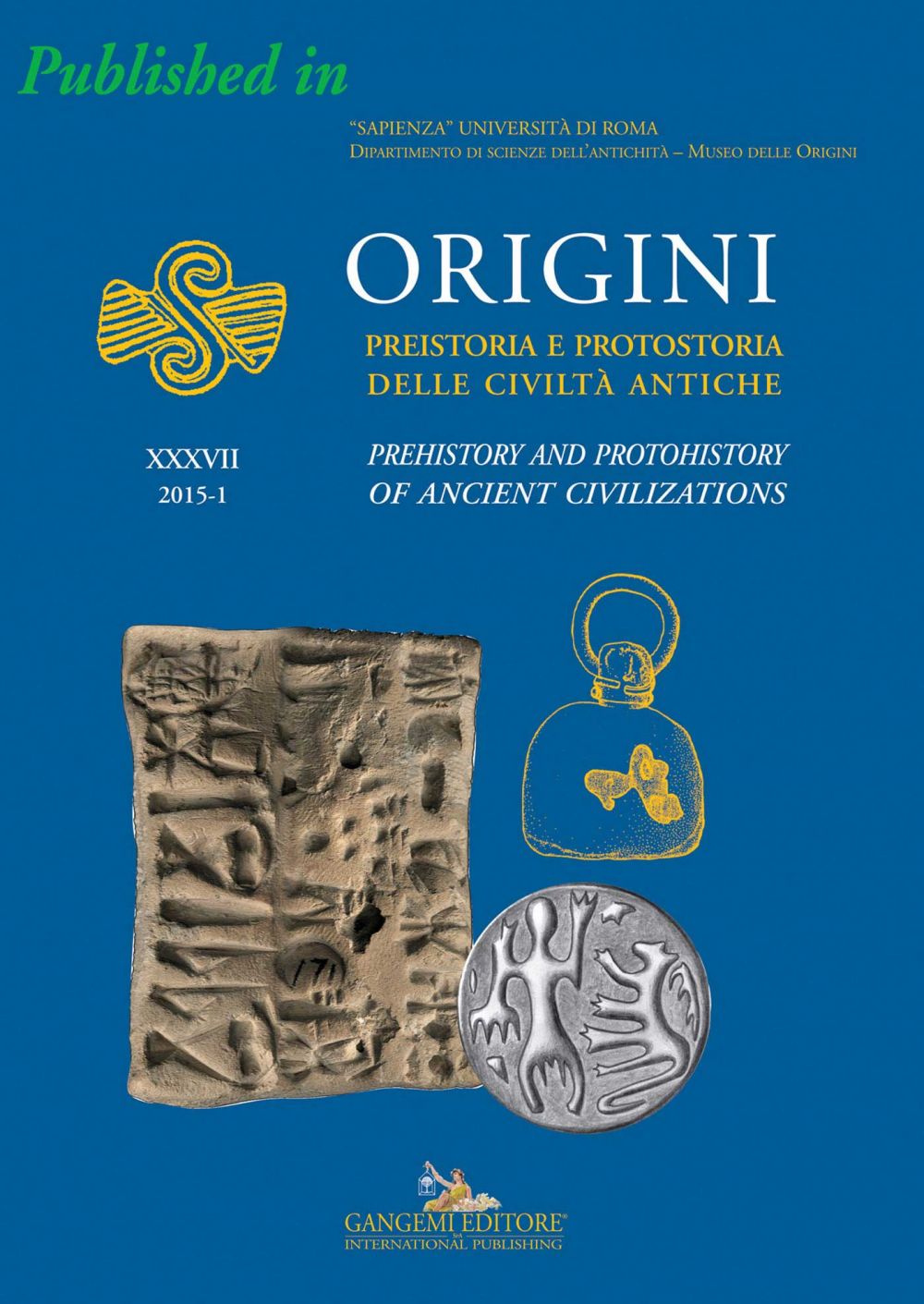Description
The preliminary results of a research project on protohistoric metal economy are presented, and an analytical framework is outlined, for the study of weight systems in pre-literate contexts. Past research on weight systems acknowledged that weight values of prehistoric bronze objects and fragments are not randomly distributed, but tend instead to cluster in relevant concentrations. However, although promising in terms of research development, such studies have never been followed by a serious critical debate. The potential of former research was hindered by an overemphasized focus on exactness, often misconceiving the inherently approximate nature of real life measurements. In this article we introduce an alternative approach to the study of protohistoric weight series, which makes use of both mathematical tools and archaeological considerations. The method is tested on the sample of Sardinian Early Iron Age bronze hoards.



